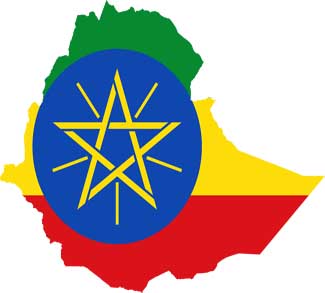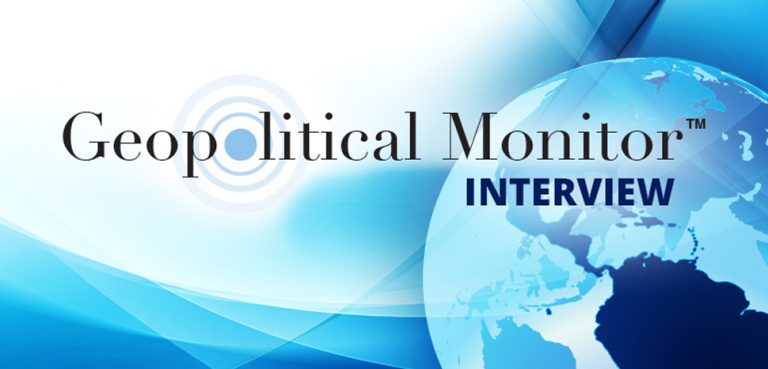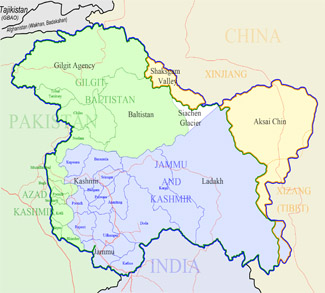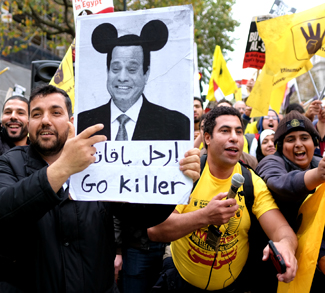In an Al Jazeera article published on August 20, 2016, security forces were reported to have used excessive force in quelling recent anti-government demonstrations in Ethiopia. Video footage showing the protest was embedded in the article with Aljazeera’s reporter Charles Stratford interviewing victims of the violence. According to Stratford, the wave of violence was fueled by tribal conflict that began with the Oromo, the biggest ethnic community in Ethiopia. Most notable here is the fact that the Ethiopian government is controlled by the country’s smallest ethnic group. The protests were organized to demonstrate against violations of the human rights by the ruling party.
Political and Social Drivers
In his report, Stratford stated that Human Rights Watch had estimated the number of people killed in the protests at 500 people. The demonstrations first arose in November 2015 and since then thousands of Ethiopian nationals have been arrested and detained. Human Rights Watch reiterates that the Amhara (Ethiopia’s second largest tribe) joined the Oromo in protesting against the violation of both political and economic rights. The article features one picture of a protesters with a poster stating, “Stop killing the Oromo people.” This poster clearly shows that the Oromo people are under fire from the government security forces, raising the possibility that the protests are due to systemic violence.
Ethiopian government spokesman Getachew Reda was also interviewed in the article and he denied the violence being “systemic.” In his explanation, Mr. Reda stated that the Ethiopian government took seriously the allegations of “off-grid police officers” who used excessive force on peaceful protesters. Nevertheless, the government was stated to blame the predicament on the opposition working from within and outside Ethiopia. The government stated that the opposition had used “anti-peace forces” to organize “unauthorized protests.” The article raised the need for accountability.
Speaking for the Office of the UN High Commission for Human Rights (OHCHR), Ravina Shamdasani stated that commission was ready to start investigations into the Ethiopian situation. Ethiopia had previously dismissed pressure from the UN to permit investigations into the killings of international observers. Ms. Shamdasani clarified that the UN welcomed investigations by the Ethiopian government on violations of human rights since the inception of the unrests in Oromia. She reiterated that the probe was supposed to be “independent, transparent, thorough and effective.” Thus, the success of this investigation would be dependent on the cooperation of the Ethiopian government.
Stratford also reported that the Ethiopian government had pledged to punish all members of the security forces found guilty of killing innocent protesters. However, there has since been no information in the public domain of any culprit being brought to book. It is thus important to consider the constitution of human rights violations according to the Ethiopian government that would warrant possible arrests and detention of guilty officers. Furthermore, the conflict and ensuing investigations impact directly to the future progress of Ethiopia and the entire East African region.
Future Impact of the Situation in Ethiopia
Owing to the fact that up to 500 people have been killed in the Ethiopian protests from November 2015 to August 2016, the number is likely to rise exponentially if these protests and violent responses are not quelled. According to Asafa Jalata “terrorism” has been fostered within the Ethiopian government against the Oromo people beginning with the “last decades of the 19th Century. Although they are the largest ethnic community, the Oromo people have faced tragedy and destruction especially by the Abyssinia people that dominate the government since the colonial period. The Oromo population has been shrinking drastically in the wake of anti-government protests, leading to a decrease in economic development.
In a CNN article by Awol Allo, the United States was cited as the greatest contributor to the deadlock in Ethiopia. With its funding capabilities and the recent visit of the US President to Ethiopia, the US was seen to escalate tensions in the country. Pressure from civil society organizations and human rights groups in the international arena have mounted such that the US withdrew funding aid to Ethiopia until investigations into the violence are conducted. The withdrawal of the US will also push other international donors from supporting Ethiopian projects.
According to Dana Sanchez, Western government are accused of funding of Ethiopian projects despite the country’s crisis. The protests began when a development plan was drawn to enlarge the “territorial limits of Addis Ababa” into the ancestral lands of the Oromo in April 2014. The Oromo people feared that this development agenda of the government would evict them as it had been shown since the colonial era. With over 33 million people representing the Oromo people in Ethiopia, continued violence would in turn lead to a huge spill-over of refugees into neighboring East African countries.
Awol K. Allo’s article stated that the US aided Ethiopia saw the Mulatu Teshome-led government as a partner against global terrorism attacks. However, the escalation of violence against the Oromo, who are widely affiliated to the Muslim religion, will attract the attention of terrorists not only into Ethiopia but the entire East African region. Additional marginalization of the Oromo will work to suppress economic progress in the region and downplay investment decisions by foreigners in the future.




